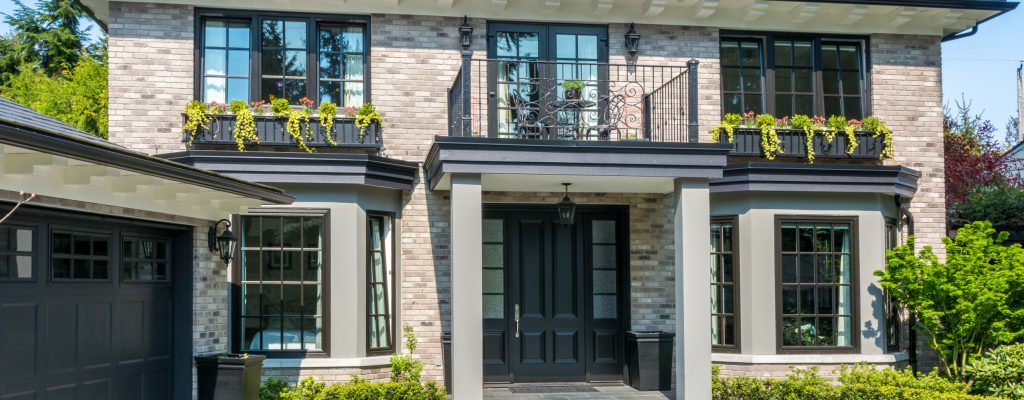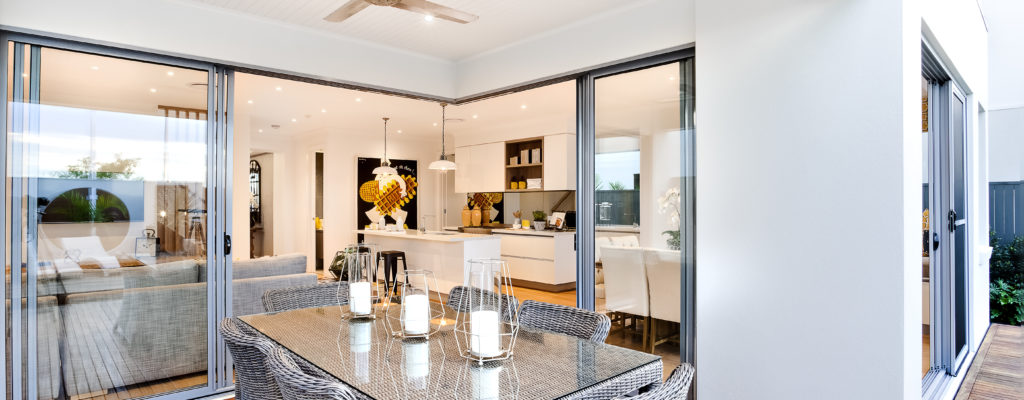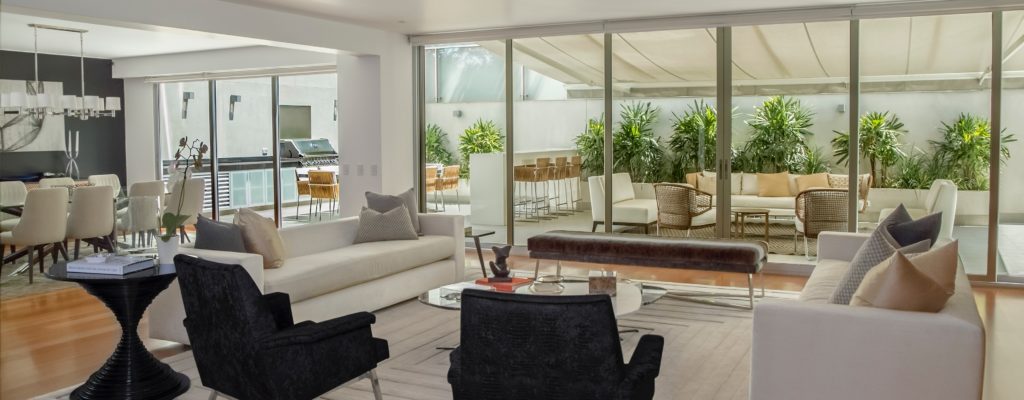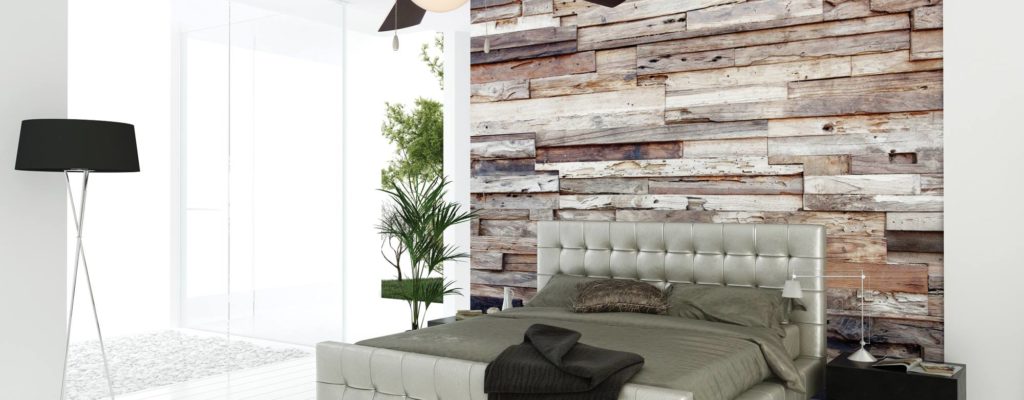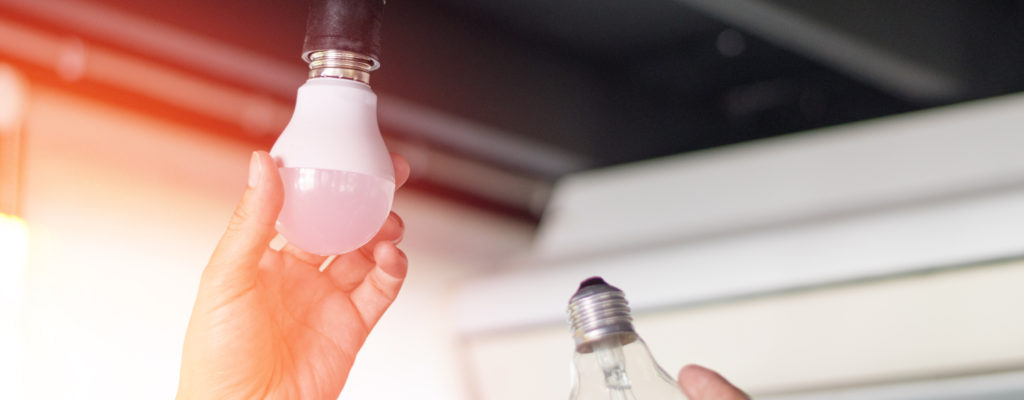When All-Phaseclients furnish a new home or upgrade their lighting, one of their main concerns is matching light fixtures to their overall design. After all, what kind of lighting look good with shabby-chic or modern farmhouse décor? It’s a valid question!
Just like fashion or interior design, lighting fixtures can be divided into general styles based on common qualities and trends. It’s worth looking into—knowing what general style you’re looking for can help narrow your search to only the fixtures that fit you best. Read on to learn more about the three main lighting categories: Modern, Traditional, and Transitional.
Modern

In architecture, it might look something like that. As for lighting, the modern style was born in the early 20th century and hit peak popularity in the 1950s and 1960s. Modern designs are often minimalistic with neutral tones. Lighting fixtures, like the one below, incorporate straight, clean lines with a seamless flow.
Popular materials are bubble glass and natural materials, such as wood and metal. LED integrated fixtures are also the epitome of “modern”. For further examples, browse the Stix Collection from Sonneman – A Way Of Light. Similar fixtures showcase minimally scaled LED linear pendants and wall bars in a variety of lengths, finishes, and lighting configurations.
Traditional

Traditional style lighting and design has staying power! Like the timeless architecture above, these light fixtures last a long time and never go out of style. Traditional design is typically more formal and ornate. These refined fixtures, like the one below, feature intricate details and thoughtful design. Often inspired by classic architecture, traditional lighting fixtures add sophistication, warmth and richness to a space.
Bronze, brass and gold are commonly used materials within traditional decor. Traditional style usually matches from room to room, blending consistently throughout the home. For example, this Lorainne collection from Savoy House features oxidized black metal rods, along with arms and lamp posts topped with soft white fabric shades. It’s airy yet eye-catching, polished yet playful.
Transitional

Find yourself drawn to styles a bit more unique, yet not quite as minimal as modern architecture? Transitional style is extremely versatile and widespread, making it hard to define but easy to love. In essence, it’s the midway point between traditional and modern lighting styles. Transitional pieces are less ornate than their traditional counterparts, but not as streamlined and out of the box as modern fixtures. They combine the best of both worlds for a clean, comfortable, contemporary look.
Like in the fixture above, neutral colors are popular here, along with fabric and wood. Brushed brass and black are common finish colors, like the warm brass in the Kearney Collection by Savoy House. These fixtures have gently rounded brass rectangles surrounding a vintage black candelabra. The four lights have clear glass covers and a warm color temperature. The look is clean and sophisticated, making it the perfect piece for a transitional home.
Feeling more equipped to find your perfect fixture? Obviously, there are plenty of variations on these three main groups of design, such as: Modern Farmhouse, French Country, Mid-Century Modern, and Contemporary. If you’re interested in learning more about those styles, or anything listed above, give us a call! All-Phaseis here to make home lighting easy.
